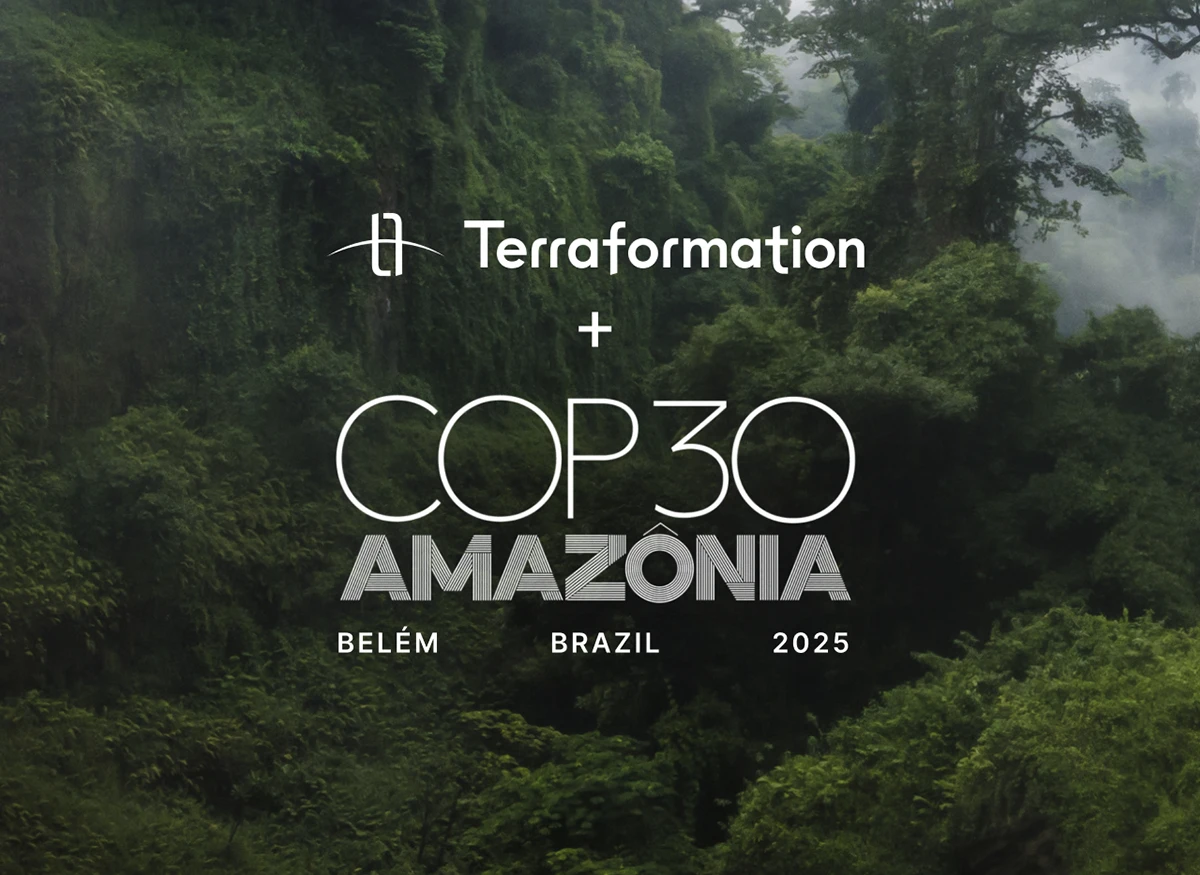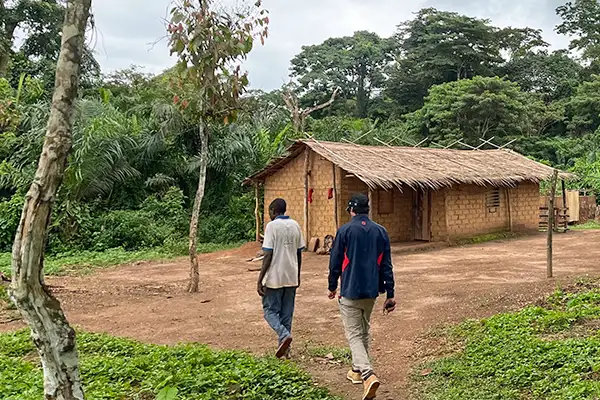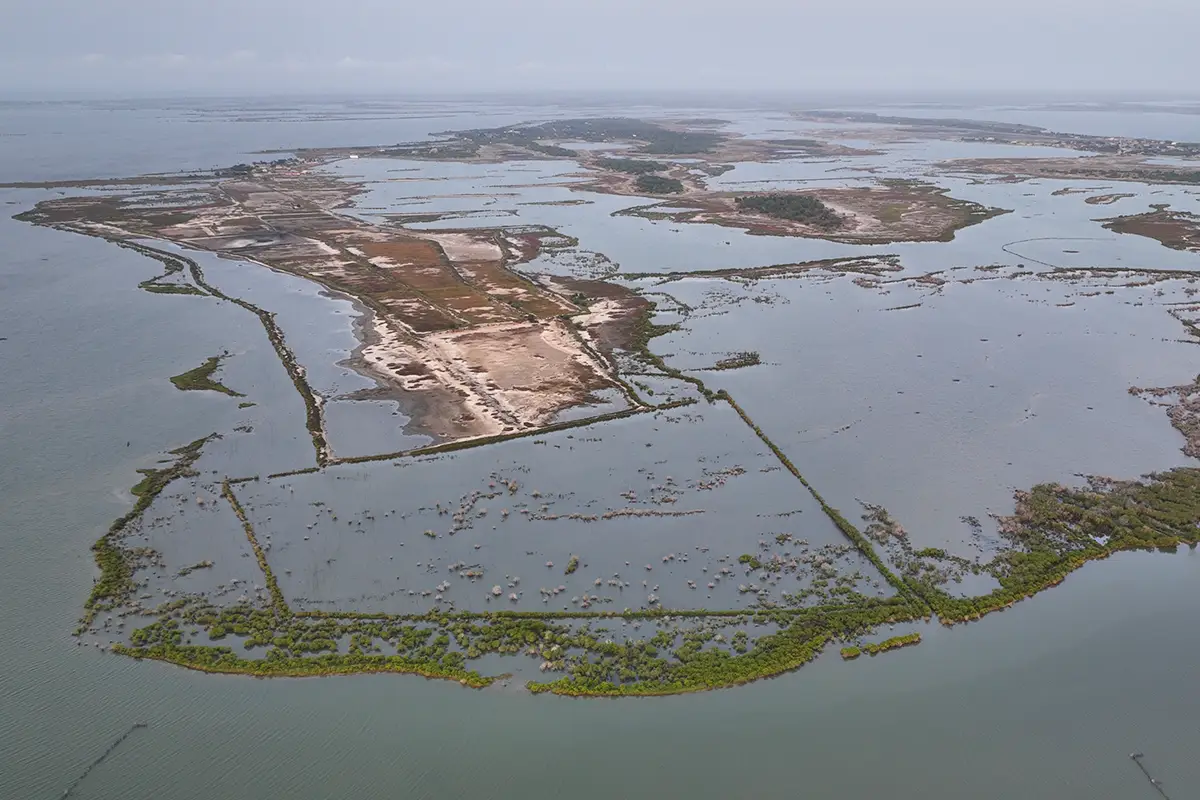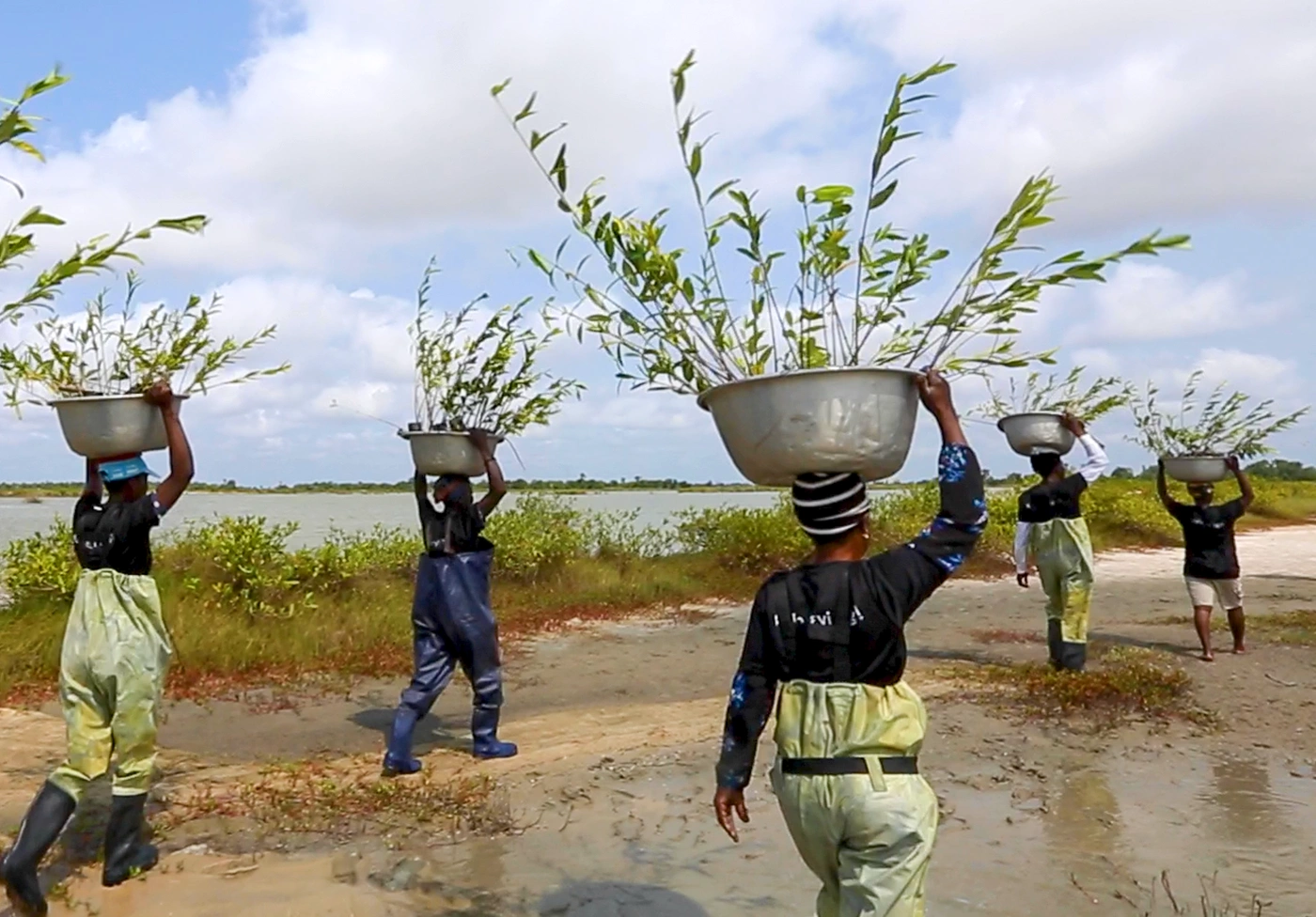The Kilimanjaro Project: Seed Banking to Help Scale Restoration of Forests, Rainfall, and Rivers

At 5,995 meters, Mount Kilimanjaro towers above the grasslands of East Africa. It’s one of the most iconic peaks in the world, yet locals once considered it a shy mountain — its summit was almost always veiled by clouds. That has changed over the past few decades, due in large part to deforestation.
Loss of tree cover at the mountain’s base has altered its microclimate. Rainfall levels around the peak have plummeted, drying up tributaries that once fed the massive Pangani River, which flows to the Indian Ocean and supplies water for millions of people. Today, Mount Kilimanjaro’s shrinking glaciers have few clouds left to shelter them from the sun.
The Kilimanjaro Project in Tanzania is working to change this. Through an ambitious effort to restore biodiverse forests, the organization hopes to bring back rainfall, create sustainable livelihoods for local villages, and combat climate change. Terraformation is providing forestry tools and training to help the project scale restoration.
Solving the seed supply bottleneck
Using Terraformation designs, local teams constructed two tree nurseries, along with an off-grid seed bank to help the project overcome one of its biggest challenges: consistent access to seeds.
Restoring the land will require at least 50 types of native trees, including large-leaf Cordia, East African Newtonia, and sycamore fig. Last year, the Kilimanjaro team selected six pioneer species to help set the stage for a lush and biodiverse forest. But they couldn’t find seeds for two of the species anywhere in the country.
“If we’d had a seed bank, those seeds would have been stored and we would have had access to them,” says Kilimanjaro Project founder Sarah Scott. “We want to plant 1 million trees a year. The only way we can do that is if we have access to the right seeds in the right season.”
This all-too-common problem stands in the way of many successful restoration projects. Lack of access to native seeds forces foresters to collect seeds year-to-year and rely on the species that are readily available, rather than the ones needed to grow healthy, diverse, carbon-thirsty forests. Without proper native seed supply, projects are vulnerable to seasonal fluctuations and severe weather events, which are increasing due to climate change.
Want to join our mission?

Turning seeds into trees
Terraformation is working to solve this bottleneck by building a decentralized network of off-grid seed banks around the globe. The bank built for the Kilimanjaro Project can store up to 10 million seeds, and comes equipped with solar panels and backup power to allow operation in Tanzania’s remote upper Pangani River Basin. While gathering seeds for the bank, the Kilimanjaro team discovered an extremely rare tree species on their site, Oxystigma msoo. The team was able to collect 2,000 of the seeds, which will be safely stored in the seed bank until they’re ready to propagate.
In addition to establishing the seed bank, our forestry team worked with the Kilimanjaro Project to build two nurseries in the Weru Weru and Usa River basins, each capable of nurturing 100,000 seedlings per year (across two planting seasons). Long-term goals include scaling operations to bring nurseries to all of the 20 major rivers that flow into the Pangani Basin.
Providing opportunity for local communities
All of the staff who work in the nurseries are women from local villages, and the Kilimanjaro Project wants to engage as many people as possible in restoring the land. The project team regularly hosts activation events in villages, where they share the work and advertise opportunities to earn income from planting trees. “Local communities are our most important stakeholders,” Scott explains. “We can’t reach scale without them.”

One of the project’s main focuses is mitigating poverty through community employment. Hundreds of people work for the Kilimanjaro Project on planting days, and others are paid to tend to trees during the first two years of life, when they are most vulnerable. The Kilimanjaro Project also hopes to direct resources to support traditional Indigenous Kihamba farming and enable residents to cultivate fruit trees, vanilla, and honey rather than colonial legacy crops like maize, which have driven deforestation.
“Livelihood creation is at the heart of what we do,” Scott says. Her team works closely with village leaders and invests in training and education for residents, with the goal of establishing lasting partnerships. Bringing back rainfall and making rivers flow again is lifelong work, she says, and it requires trust and collaboration. “If you want to transform an ecosystem, you need to think generationally,” she explains.
Every 50 hectares of restored forest in the project area will sequester between 4,200 and 11,250 tons of carbon over a 30-year period — and this is just the beginning. Through the Kilimanjaro Project, Scott hopes to create a model that will spread beyond Tanzania’s borders, accelerating reforestation across Africa and helping reverse climate change.
BITKRAFT Ventures sponsored the Kilimanjaro Project seed bank in Tanzania. Learn more about the partnership here.
-
Methods
Based on commonly used forest growth models, we estimate that the initial 50 hectares of restoration by the Kilimanjaro Project will capture between 4,200 and 11,250 tons of CO2 over a 30-year period.
References:
















